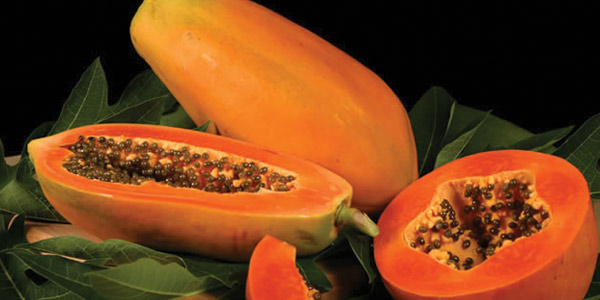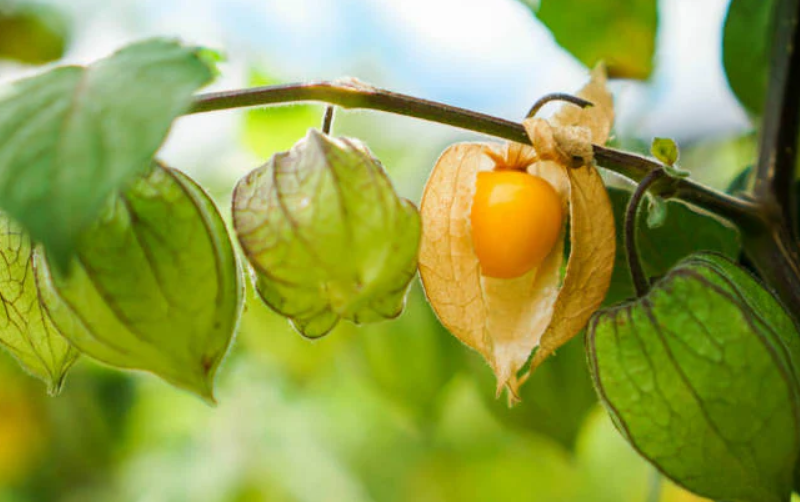This tropical plants in numerous nations of the world, due to its restorative properties and wide remedial utilize, has gotten particular names: the brilliant tree of life, the product of life span, the zucchini of health, et cetera. The basic mechanism of action of papaya is due to the abundance of enzymes, vitamins, minerals and mineral fibers in the fetus, petal, stem and leaves.
There are about 45 species of papaya. The fruit has a greenish or yellow bark, while the color of the pulp varies from orange, rose to red. Papa’s flesh is soft, juicy and tender. In the middle there are seeds that in Central America are used as a spice-like pepper.
The mature fruit can be used in fresh condition or be dried and used as a healthy dessert, for breakfast with muesli or as a cake supplement. Papaya contains an enzyme papain that stimulates digestion of proteins and acts antibacterial.Papaya is a rich wellspring of nutrient A, folic corrosive, nutrient C, calcium and dietary fiber that enhance processing.

In addition to papain, numerous enzymes, sugars and 19 amino acids are isolated in papaya milk (papaya latex). Of these, 8 are essential amino acids that the human organism can not synthesize alone, but must receive them through the diet, and they have the following task:
Isoleucine – is important for the growth and intellectual development of humans. There is an important role in the synthesis of some non-essential amino acids.
Leucine – invigorates mind capacities, expands the arrival of energy from muscle tissue.
Lysine – permits the making of antibodies in the blood, quickens the development of cells and enhances blood stream.
Methionine – provides better fat degradation, stimulates liver function and soothes the nervous system.
Valine – helps in the coordination of muscle composition and is important for maintaining the concentration.



